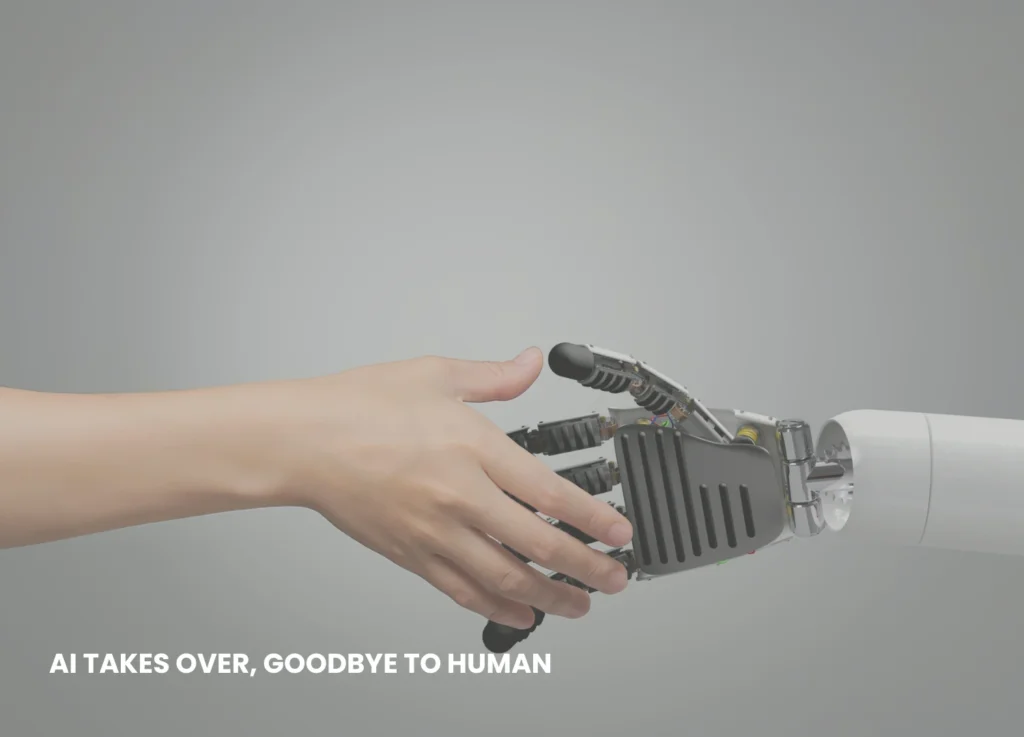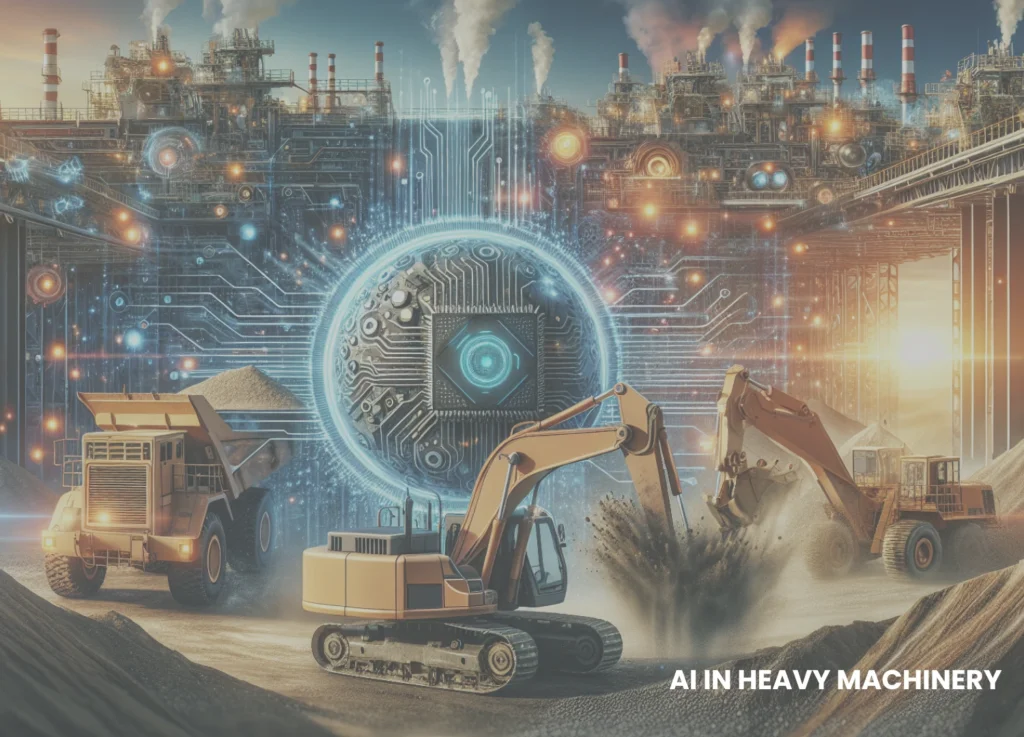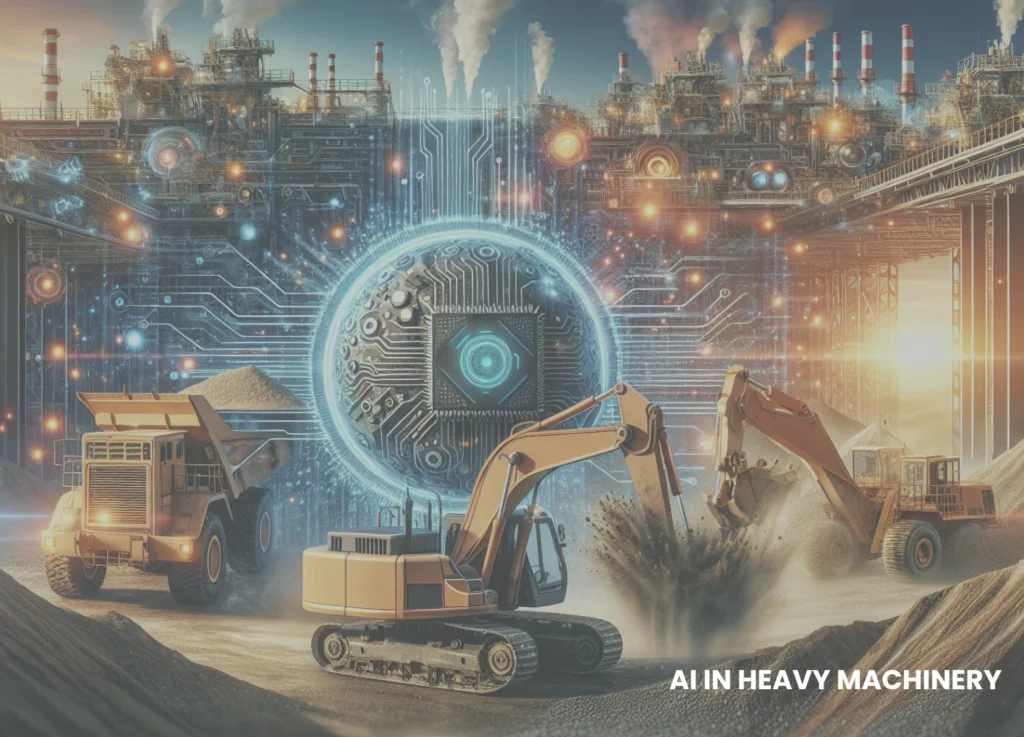The manufacturing world is experiencing a seismic shift. Gone are the days when factories relied purely on manual labor and traditional machines. Today, cutting-edge technologies are completely transforming the way goods are designed, produced, and delivered. From automation to artificial intelligence (AI), the manufacturing industry is becoming faster, smarter, and more efficient than ever before.
So, how exactly is technology revolutionizing manufacturing? Let’s explore the key innovations shaping the future of this industry.
1. Smart Factories and Industry 4.0
The rise of Industry 4.0 marks a major milestone in manufacturing. At its core, it’s about connecting machines, systems, and people through digital networks. Smart factories use IoT (Internet of Things) devices, sensors, and cloud computing to monitor and optimize every stage of production.
With real-time data at their fingertips, manufacturers can:
Predict machine failures before they happen
Reduce downtime
Optimize energy usage
Improve product quality
Example: Siemens’ smart factory in Amberg, Germany, produces millions of units per year with over 75% automation, thanks to real-time data flow and advanced sensors.
2. Automation and Robotics
Robots aren’t just for automotive assembly lines anymore. Advanced robotics are now performing high-precision tasks in electronics, food processing, and even small-scale manufacturing.
Benefits of robotics in manufacturing:
Faster production
Lower error rates
Increased safety (especially in dangerous environments)
24/7 operation with minimal supervision
Collaborative robots (or cobots) are also on the rise—these are designed to work safely alongside humans, helping with repetitive or heavy tasks.

3. Artificial Intelligence and Machine Learning
AI is becoming the brain of modern manufacturing. It helps machines and systems “learn” from data and adapt to changing conditions.
Key applications include:
Predictive maintenance
Quality control through computer vision
Supply chain optimization
Real-time production monitoring
Example: GE uses AI-powered analytics to improve the performance of its jet engine manufacturing, reducing waste and predicting maintenance schedules more accurately.

4. 3D Printing (Additive Manufacturing)
3D printing is disrupting traditional manufacturing by allowing on-demand production of complex parts with minimal material waste.
Why it’s revolutionary:
No need for molds or tooling
Customization is easy and cost-effective
Ideal for prototyping and small-batch production
Reduces lead times significantly
Industries from aerospace to medical are leveraging 3D printing for components that once took weeks to make—now completed in hours or days.

5. Digital Twins
A digital twin is a virtual replica of a physical product or process. It allows manufacturers to simulate, monitor, and optimize performance without risking real-world failures.
With digital twins, companies can:
Test changes in production before implementing them
Optimize processes based on real-time data
Improve product design using performance feedback
Example: Rolls-Royce uses digital twins to monitor aircraft engines mid-flight, helping with predictive maintenance and efficiency.
6. Cloud Computing and Big Data
The shift to cloud-based systems is giving manufacturers unprecedented access to real-time data and collaboration tools.
How it’s helping:
Data from multiple plants can be analyzed in one place
Supply chains are more transparent and traceable
Engineers can collaborate across countries on a single platform
Big data analytics further helps identify trends, inefficiencies, and opportunities for cost savings.
7. Augmented Reality (AR) and Virtual Reality (VR)
Technologies like AR and VR are making training, maintenance, and quality control more immersive and interactive.
AR helps technicians see machine instructions overlaid on the equipment they’re fixing.
VR is used for safety training and process simulation without disrupting actual operations.
This not only boosts efficiency but also reduces human error.
8. Sustainable and Green Manufacturing Technologies
Technology is playing a crucial role in making manufacturing more eco-friendly. With smarter energy use, waste reduction, and cleaner production processes, manufacturers are reducing their environmental impact.
Examples include:
Energy-efficient machinery
Automated recycling and waste sorting
Water-saving technologies
Carbon tracking software
Sustainability is no longer optional—it’s becoming a competitive advantage.

Final Thoughts: Embracing the Tech-Driven Future
The revolution in manufacturing isn’t coming—it’s already here. Companies that embrace these emerging technologies will stay ahead of the curve, reduce costs, and deliver better, faster products to the market.
Whether you’re a global manufacturer or a small business, now’s the time to explore:
How automation and AI can streamline your operations
How digital tools can improve your quality control
How sustainability and smart design can set you apart
The factories of tomorrow are being built today. Are you ready to join the revolution?







